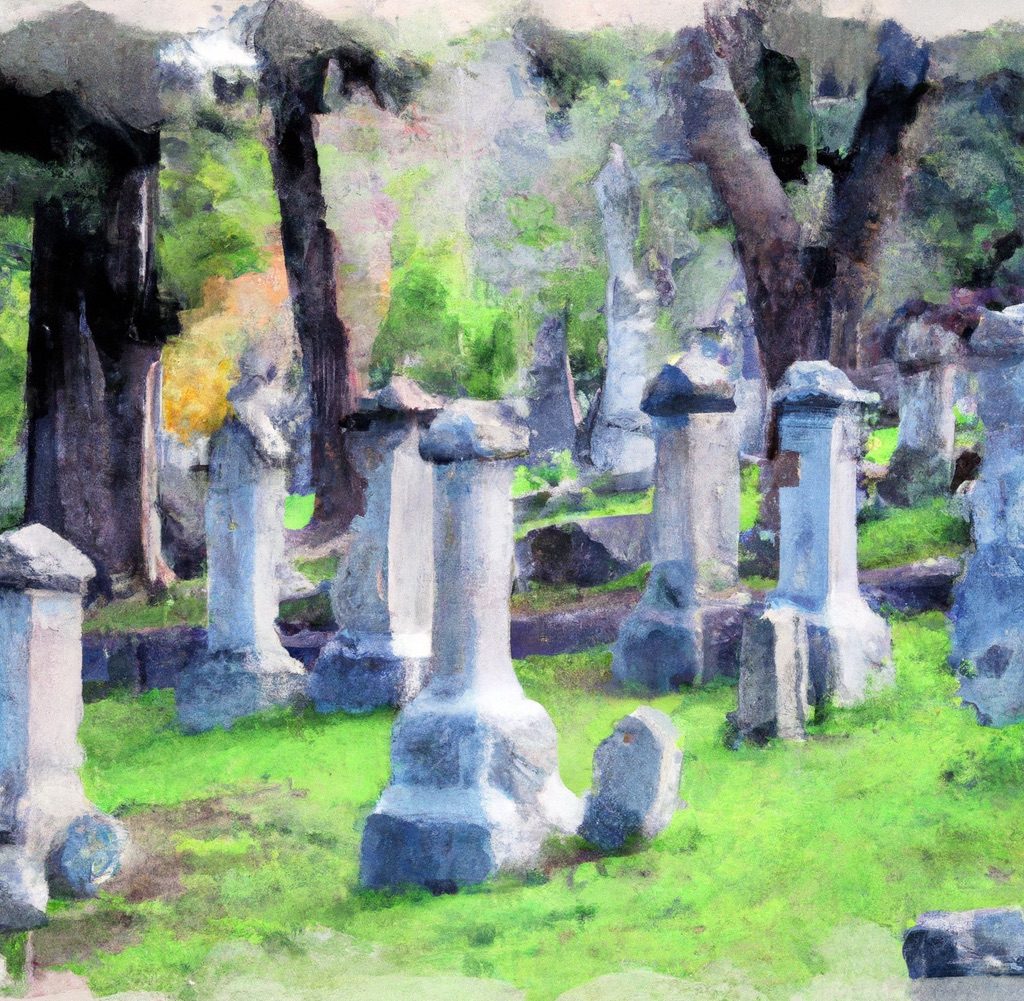Boston, Massachusetts, a city steeped in history, is home to a remarkable collection of historic cemeteries. These sacred grounds offer a window into the city’s rich and diverse past, preserving the stories of its inhabitants and reflecting the evolution of burial practices, art, and culture. In this essay, we will explore the significance of Boston’s historic cemeteries, showcasing their role as guardians of the city’s unique heritage.
A Tapestry of History
Boston’s historic cemeteries are like a tapestry woven with the threads of the city’s history. One of the most renowned is the Granary Burying Ground, established in 1660. It is the final resting place of many prominent figures from the American Revolution, including Paul Revere, John Hancock, and Samuel Adams. Walking through the Granary Burying Ground is like stepping back in time, as visitors pay their respects to those who played pivotal roles in the birth of the nation.
Similarly, the King’s Chapel Burying Ground, dating back to 1630, is one of the oldest cemeteries in Boston. It houses the graves of colonial-era leaders and clergymen, providing insights into the religious and political dynamics of early New England. These cemeteries serve as living history books, offering a tangible connection to the past.
Artistry and Architecture
Boston’s historic cemeteries are not just repositories of history; they are also showcases of artistry and architecture. Gravestones and monuments in these cemeteries are adorned with intricate carvings, symbols, and motifs that reflect the artistic sensibilities of their respective periods. The Central Burying Ground, established in 1756, boasts stunning examples of colonial-era funerary art.
The artistry found in Boston’s cemeteries often serves as a form of storytelling. Intricately carved angels, skulls, and cherubs convey deep symbolism related to mortality and spirituality. Winged death’s heads, popular in the 18th century, evoke both the fleeting nature of life and the hope for an afterlife. These artistic expressions are a testament to the creativity and craftsmanship of their time.
Cultural Heritage and Diversity
Boston’s historic cemeteries also reflect the city’s cultural diversity and the contributions of various immigrant communities. The Mount Hope Cemetery, established in 1852, is known for its beautifully designed Irish and Jewish sections. These sections not only showcase unique burial traditions but also highlight the challenges and successes of immigrant communities in Boston.
The Chinese Cemetery in Boston’s Quincy neighborhood, established in the 1850s, is another testament to the city’s multicultural heritage. This cemetery preserves the stories of Chinese immigrants who played a vital role in shaping the city’s history. It serves as a reminder of the challenges these immigrants faced and the resilience they demonstrated in a foreign land.
Preservation and Challenges
While Boston’s historic cemeteries are invaluable repositories of history, they face several challenges. Urban development pressures, vandalism, and natural decay threaten these sacred spaces. Fortunately, many preservation organizations and concerned citizens are working tirelessly to protect and maintain these historical treasures.
Boston’s historic cemeteries are not just burial grounds; they are living testaments to the city’s history, art, culture, and diversity. They provide a tangible link to the past, allowing visitors to walk among the graves of those who shaped Boston and the nation. As guardians of the city’s heritage, these cemeteries remind us of the individuals who came before us, their stories, and the enduring significance of their contributions. Boston’s historic cemeteries are a vital part of the city’s identity, preserving its past for generations to come.

